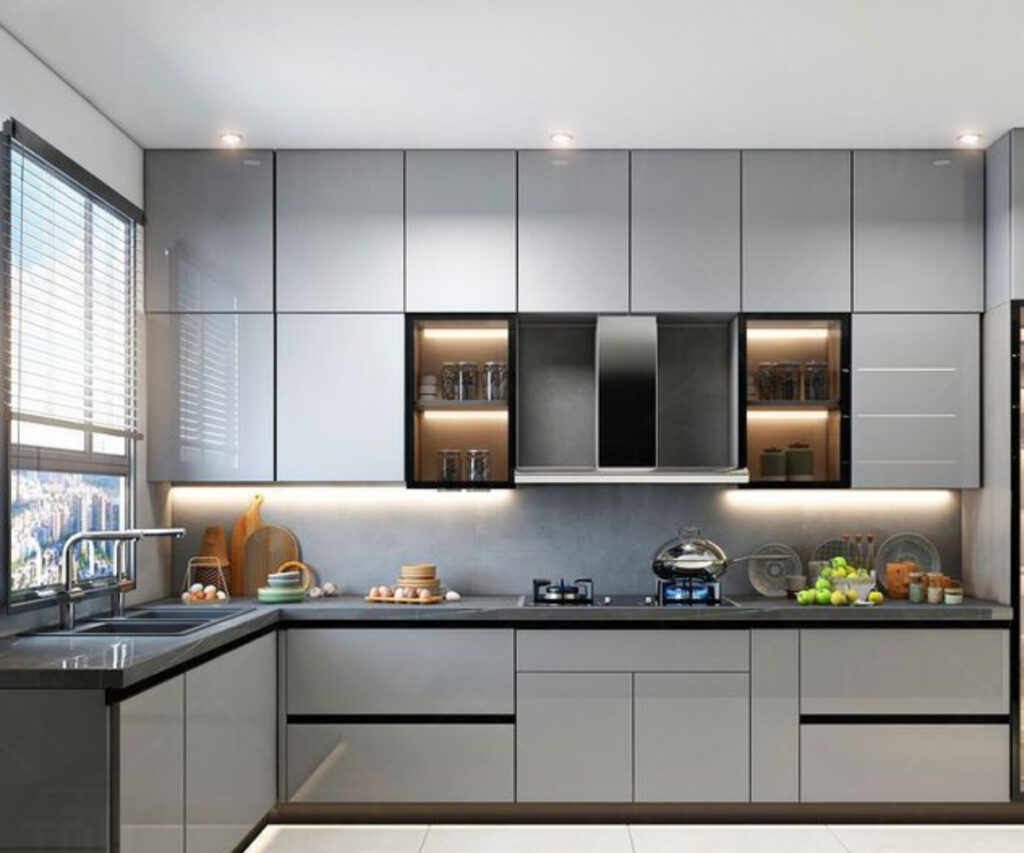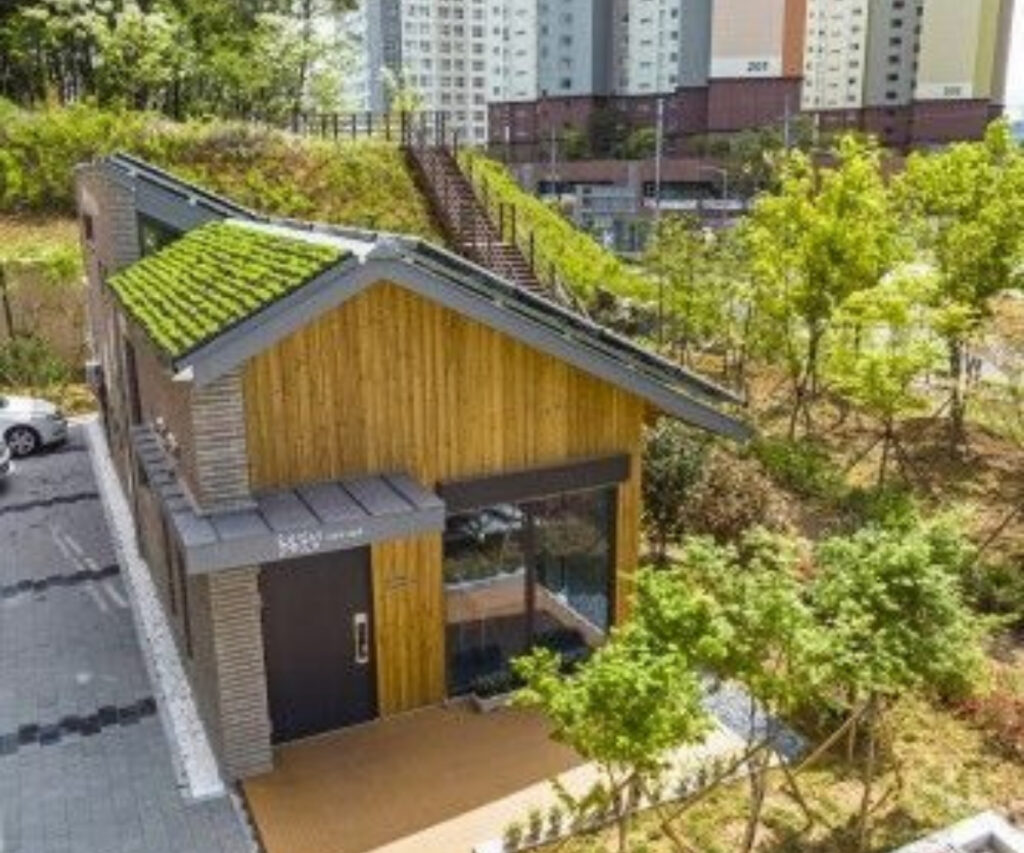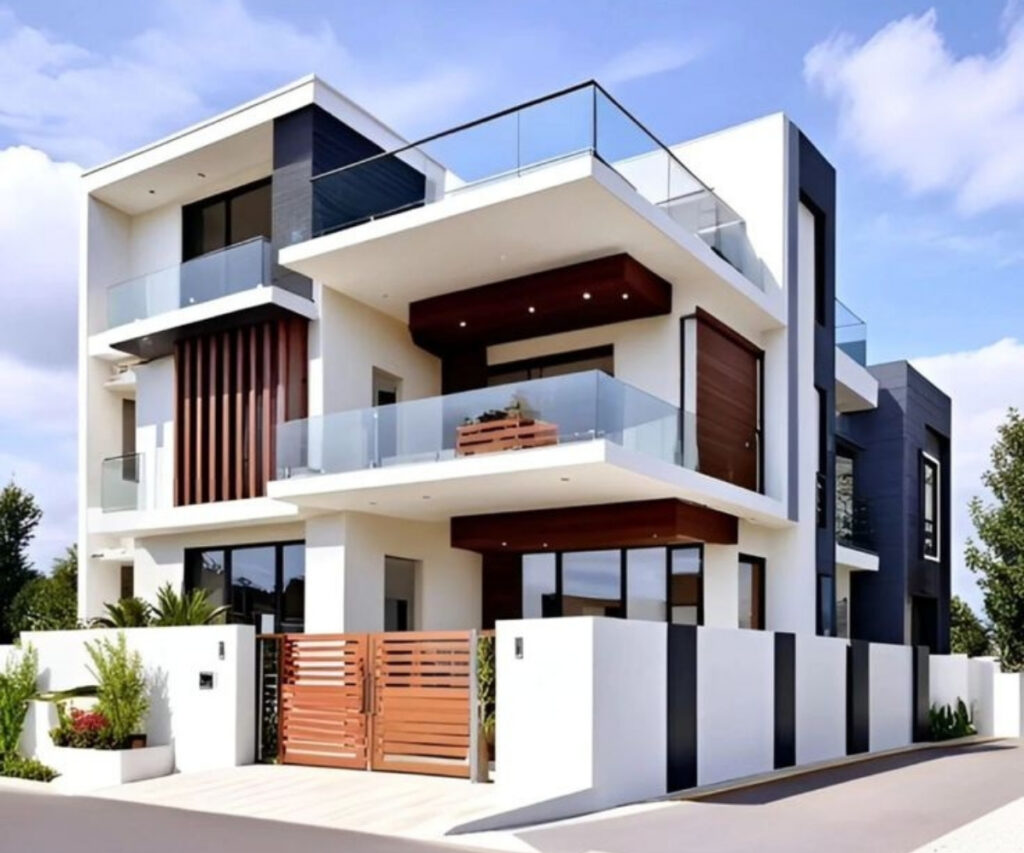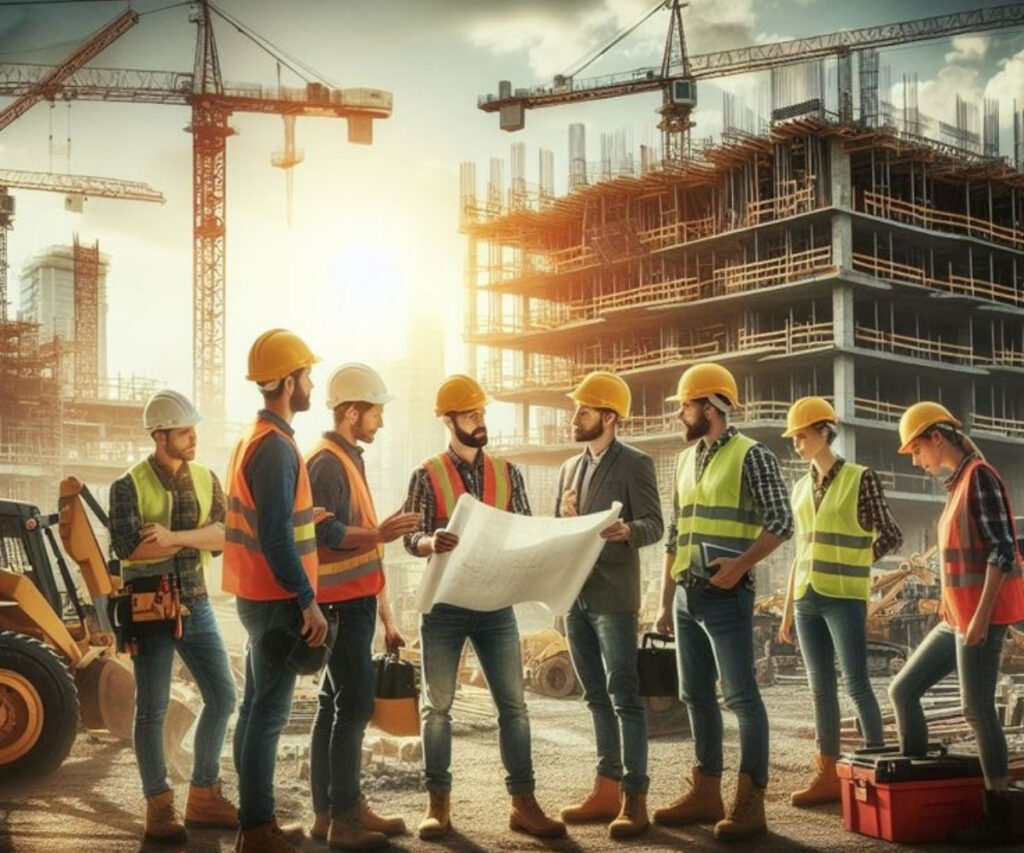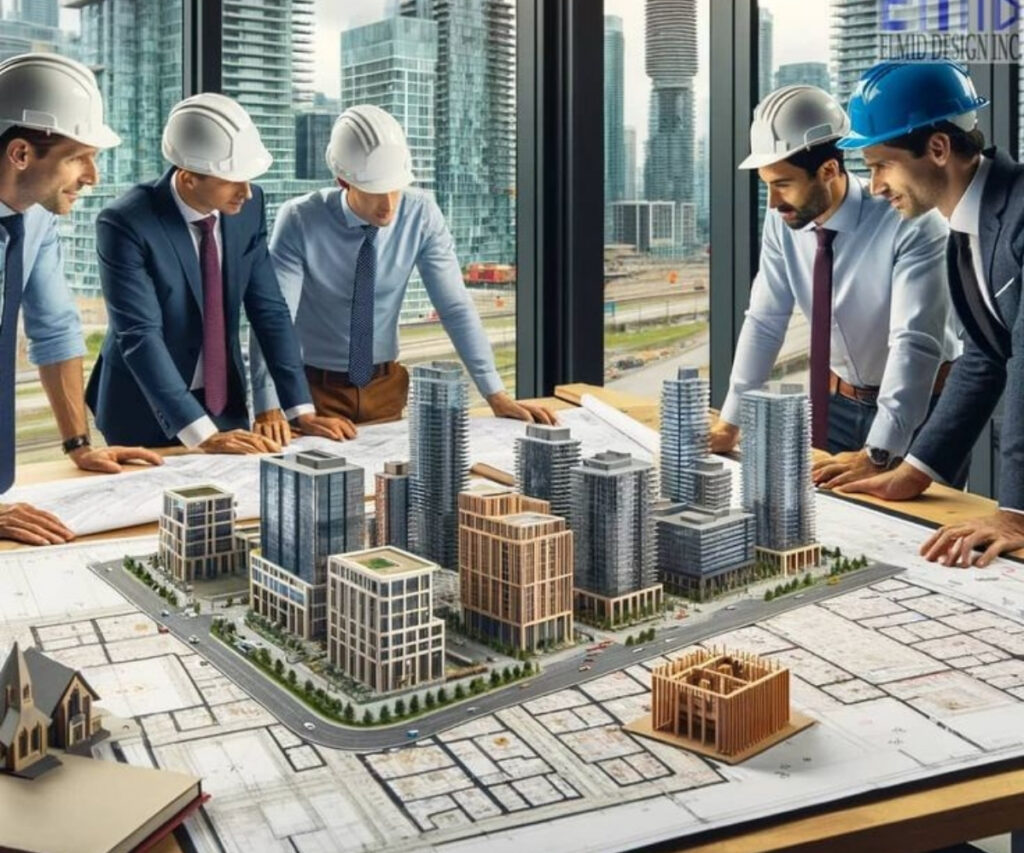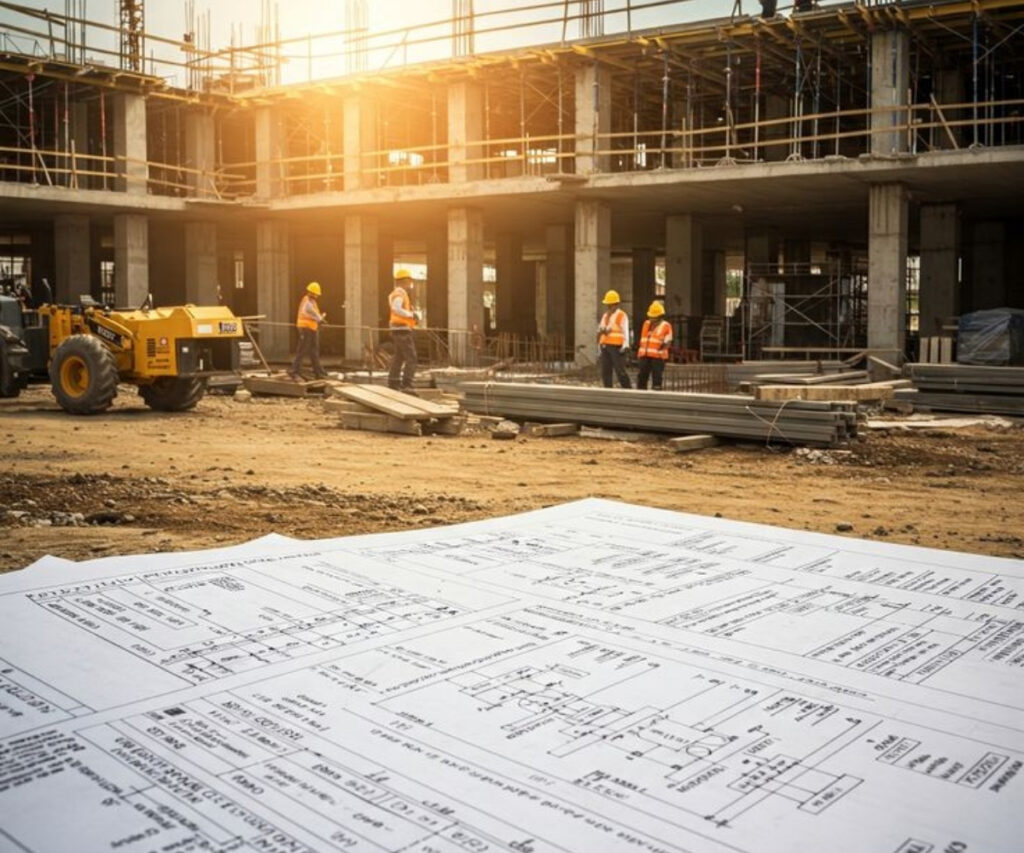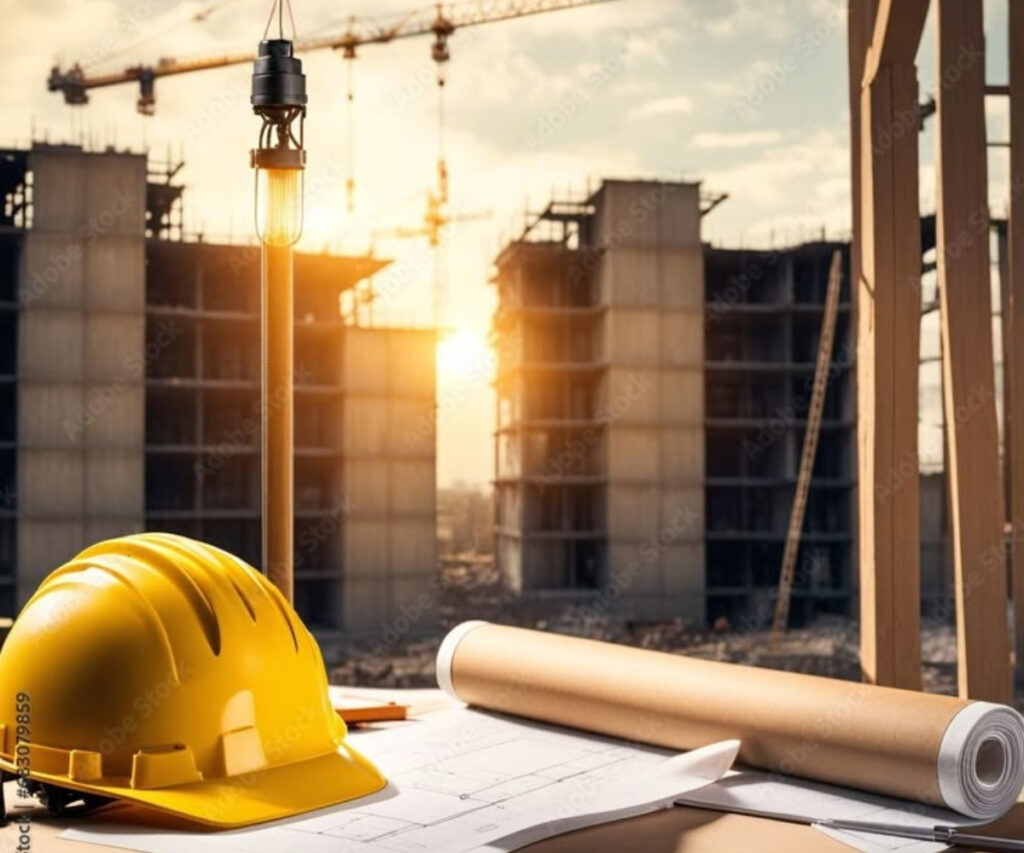Top 5 Essential Services Every Construction Contractor Provides for Successful Projects
5 Essential Services Offered by Construction Contractors Construction contractors are the backbone of turning architectural ideas into fully functional buildings. They provide a wide array of services that are critical to completing any construction project successfully. From the initial planning stages to the finishing touches, contractors oversee every detail with precision and care. In this blog, we’ll explore five fundamental services offered by construction contractors and how they contribute to the timely and effective delivery of construction projects. Understanding the Role of Construction Contractors A construction contractor is a professional or firm responsible for managing and executing construction projects. They coordinate all aspects of the building process, ensuring that projects are: Completed on time Within the allocated budget Built to meet technical specifications and safety standards Depending on the scale and complexity of the project, contractors may range from solo professionals to large construction firms. Their role is integral to bringing both small and large-scale projects to life. Key Services Provided by Construction Contractors 1. Project Planning & Coordination Construction contractors begin with comprehensive project planning. This involves: Defining clear objectives Setting project timelines Budget creation Coordinating with architects, engineers, and subcontractors Contractors manage resources, labor, and logistics to ensure smooth project flow from start to finish. 2. Site Preparation & Groundwork Before construction starts, preparing the site is essential. This includes: Land clearing Grading and leveling Excavation work Contractors ensure the site is ready for construction, free of obstacles like rocks, trees, or debris, and properly graded for a strong foundation. 3. Structural Construction Contractors oversee all phases of building construction, whether it’s residential, commercial, or industrial. Their responsibilities include: Securing necessary permits Sourcing quality materials Managing subcontractors and labor Ensuring compliance with building codes and regulations They supervise the entire process to ensure structural integrity and safety. 4. Installation of Key Systems A construction contractor coordinates the installation of essential systems such as: Plumbing Electrical wiring HVAC (heating, ventilation, air conditioning) These installations are carefully integrated into the structure to guarantee comfort, safety, and energy efficiency in the completed building. 5. Quality Assurance & Safety Management Maintaining high standards is a major part of a contractor’s role. They ensure: All materials and workmanship meet quality benchmarks Frequent site inspections are conducted Subcontractor work is monitored for accuracy Safety protocols are strictly enforced to prevent accidents Compliance with health and safety regulations is also a top priority throughout the construction timeline. Conclusion Construction contractors are vital to the success of any building project. They bring together numerous moving parts—from labor to logistics—to deliver results that are safe, efficient, and long-lasting. Their expertise covers planning, execution, system installations, and quality control, all while ensuring regulatory compliance. By understanding the essential services provided by construction contractors, clients can better appreciate their role and contribution to the construction industry. Whether it’s a small home or a major commercial structure, the involvement of a skilled contractor is what brings the vision to life.



